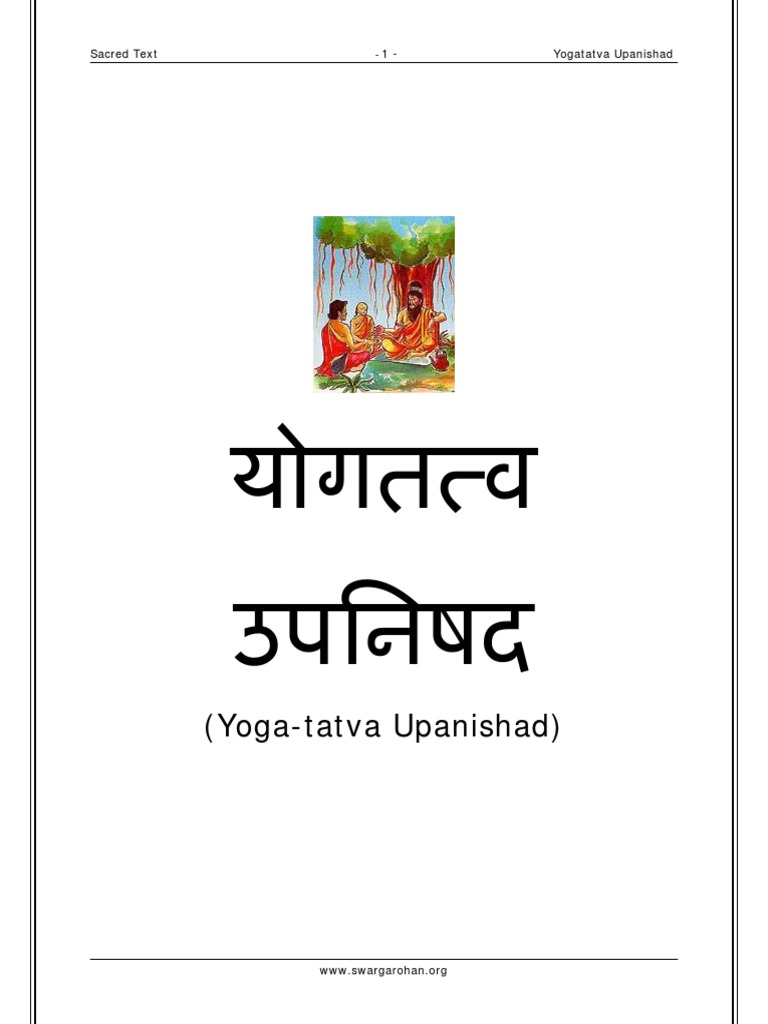
Sanskrit's word for "unite or join" is where yoga comes from. This union refers not only to a union of mind, body, but also to an individual consciousness that is united with the universal consciousness. In India, yogic practice began in the early 20th century. Lord Shiva was the first known yogi and he spread it through his writings. These books were then translated into many other languages and sent to various regions of the world.
As yoga became more mainstream, it was not unusual for it to have a more western appearance in Europe. The widespread distribution of yoga videos was made possible by the advent of DVDs and VHS tapes in the early 1900s. Yoga became popular due to the rapid spread of the Internet and the booming fitness industry. In the 1990s, the invention of the microphone and the transatlantic flight made it possible to reach large audiences and spread ideas widely.
Yoga's history dates back thousands years. Yoga was first practiced as a spiritual discipline, but Westerners discovered it in the late 19th century. Swami Vivekananda, an Indian monk, toured Europe and the U.S. to bring the practice to the world. He taught yoga in West Asia, where it is still popular today. This is a great place to learn about yoga's historical roots.

The origins of yoga can be traced back as far back as ancient times to northern India. The Vedas, the oldest of the four vedas, contain references to the practice. The Rig Veda contains over one thousand hymns and 200 mantras. The Rig Veda was used as a guide by priests in the Vedic age to help them learn how to do yoga. Many Rishis refined this practice and brought it into modern times in later centuries. The Upanishads, another excellent source of information, provide a wealth of historical information about yoga.
Yoga's history began in ancient India, when the first mentions were made of it. The practice developed to include physical postures, or asanas. Hatha yoga gained popularity in the U.S. around the turn of the 20th century, when many teachers began adding asanas onto their classes. The 1970s saw the practice become mainstream and accepted all over the globe. The United States birth of yoga was the catalyst for its popularity and expansion.
The history of yoga is complex. Its roots can be traced back to 2000 BC, when the practice primarily focused on mind. Then, it was influenced by western gymnastics, and the first Hatha yoga practices were developed. In the 1920s, the practice evolved into a more body-centered form of yoga, called hatha yoga. Today, asanas serve as a tool for achieving this goal.
Yoga has its roots in ancient India. Yoga was practiced thousands of year ago and was vastly different from Vinyasa yoga classes today. However, by studying the history of yoga, you will be able to appreciate it more and understand it better. One example is that ancient yoga wasn't practiced in the exact same way as modern-day Yoga. Yoga can be traced back to thousands of years, which will allow you to gain a deeper appreciation of it.

The rich history of yoga has a rich tradition in yogic practices. The ancient yogis were largely Hindu, but they were influenced by the Hindu culture. Yoga was generally banned in the west because of its British origins. After this, the practice of yoga began to spread in Europe and the USA. During the late 1800s, gurus from India brought yoga to the United States. Asana is a form or meditation.
Asana, the foundation of most yoga practice, is important. Asana is a very ancient practice. The practice of yoga was spiritual and religious at its best in the 5th Century. Jainism and Buddhism were also part of the ancient tradition. The Classical Period witnessed the first systematic presentation and explanation of yoga practices and beliefs in Hinduism or Jainism. For centuries, yoga's popularity and influence grew. Like any new practice though, the roots are still grounded in the same principles as the original.
FAQ
How can I lose weight by avoiding certain foods?
Avoid trans fats. Trans fats raise LDL (the bad) cholesterol levels and reduce HDL (the good) cholesterol levels.
Trans fats can also be found in deep-fried food, fast food, packaged bakery goods, snack cakes, as well as other processed foods.
These unhealthy fats cause inflammation which leads to heart disease, diabetes, and other health problems.
Artificial sweeteners are also to be avoided. Artificial sweeteners have been linked to an increase in cancer risk.
They are found in everything, from soft drinks to chewing tobacco to candy bars. They can also be found in other foods like meat, poultry, and eggs.
Artificial sweeteners can be saccharin or cyclamate, sucralose, sorbitol or aspartame.
The American Heart Association advises against using these chemicals, as they could damage DNA.
What is the best work out for men aged 40+?
Older men will find that the best workouts give them more energy as well as improve their stamina.
It is important to note that most people over 40 experience a loss of testosterone in their bodies, resulting in lower sex drive.
But, that doesn't mean you can't enjoy some physical activity. There are many studies that show regular aerobic exercise can raise testosterone in some men.
So, if you want to improve your sexual performance, you can start with an aerobics routine.
What is butter good for?
Butter is one of the best sources of saturated fats. This type fat is great for your skin and hair. It also helps you build stronger bones.
Vitamin K is also found in butter, which helps prevent bleeding from cuts or bruises. Vitamin K is combined with vitamin C to prevent bruises.
Butter is also rich in minerals, including calcium, phosphorous, and potassium. These elements encourage stronger bones.
Butter is not without its flaws. Butter has high cholesterol. Some studies show that consuming too much cholesterol may increase the risk of developing cardiovascular disease.
Also, butter is high in saturated fat, contributing to obesity and increased cholesterol levels.
But if butter is a must, you can spread it on bread and not dip it in soups or salads. Bread absorbs less oil than pasta and potatoes.
Statistics
- 10 pounds in a month is likely during a lean bulking phase, especially for beginners. (muscleandstrength.com)
- According to the American Heart Association, blood pressure should be checked at least once every two years, beginning at age 20. (my.clevelandclinic.org)
- Get free shipping and 25% off today. (healthline.com)
- An estimated calorie range for moderately active adult males falls between 2,200 to 2,800 calories per day, depending on age. (eatright.org)
- The PRS enabled risk stratification for overall prostate cancer and lethal disease with a four-fold difference between men in the highest and lowest quartiles (HR, 4.32; 95% confidence interval [CI], 3.16-5.89). (pubmed.ncbi.nlm.nih.gov)
External Links
How To
What nutrients does a man need daily?
Men require daily nutrition for healthy growth and development. The body requires vitamins, minerals, proteins, carbohydrates, fats, water, fiber, and other essential elements.
Males also require specific nutrients at certain times of the day. Your body makes hormones, antibodies and enzymes when you are asleep. Protein is needed to build muscles and repair tissue damaged when you wake up.
Your body will burn fat at night and store the extra energy as a form of glycogen. Your body still requires sufficient nutrients and calories even though it needs less calories. If you feel hungry, you can have a snack in the evening.
You need to eat enough carbs and protein when you exercise. You may feel sore muscles if you exercise hard.
To prevent this, you should eat carbs as well as protein within the first two hours after training. Your body will use stored glycogen to produce glucose for energy.
In addition, you must consume protein immediately after completing your workouts. This prevents the breakdown of muscle tissue that occurs while you sleep.
Your body produces lactic acid during high levels of physical activity. It builds up in your bloodstream, which can lead to fatigue. This can be avoided by eating foods high in carbohydrates like fruits and vegetables.
Carbohydrates offer your body the energy it needs for recovery from exercise.
You may also want to include lean meats and fish, as well as yogurt, cheese, yogurt, beans and nuts in your diet.
All of these foods contain high-quality protein. Protein helps to repair and grow muscles. It also provides the amino acids your body needs to produce sex hormones and testosterone.
For healthy skin, hair and joints, it is important to eat enough fats. Healthy men need between 20% - 35% of the total caloric intake to be fat.
Fat protects your heart from cancer and keeps it strong. Your brain also functions properly thanks to fat.
Most of the fat you need can be obtained from vegetable oils, including sunflower oil (or soybean oil), peanut oil, peanut oil, soybean oil, and peanut oil.
These oils have high amounts of monounsaturated oil fatty acids, (MUFAs). MUFAs can lower cholesterol levels and reduce inflammation. They protect cells against damage from free radicals.
Saturated fats (SFAs) are found mostly in animal products like meat, dairy products, and butter. SFAs can raise LDL ("bad") cholesterol levels and increase triglycerides. They promote weight gain as well as belly fat.
Plant-based fats such as vegetable oils, seeds, nuts and grains contain polyunsaturated (PUFAs). PUFAs help improve cardiovascular function, and lower inflammation. They help to control blood sugars and cholesterol.
Men with low HDL ("good") cholesterol often suffer from erectile dysfunction. The consumption of saturated fats raises bad cholesterol which in turn lowers good cholesterol.
Red meat and pork are a common source of prostate problems in men who eat a lot. When cooked at high temperatures, nitrates can be converted to nitrosamines. These compounds can cause cancer.
Most processed meats have nitrites and harmful chemicals. They should be avoided.
According to the American Heart Association, you should limit your consumption of red meat to no more that 2 meals per week. Instead, choose poultry or fish, beans, tofu and whole grain bread.